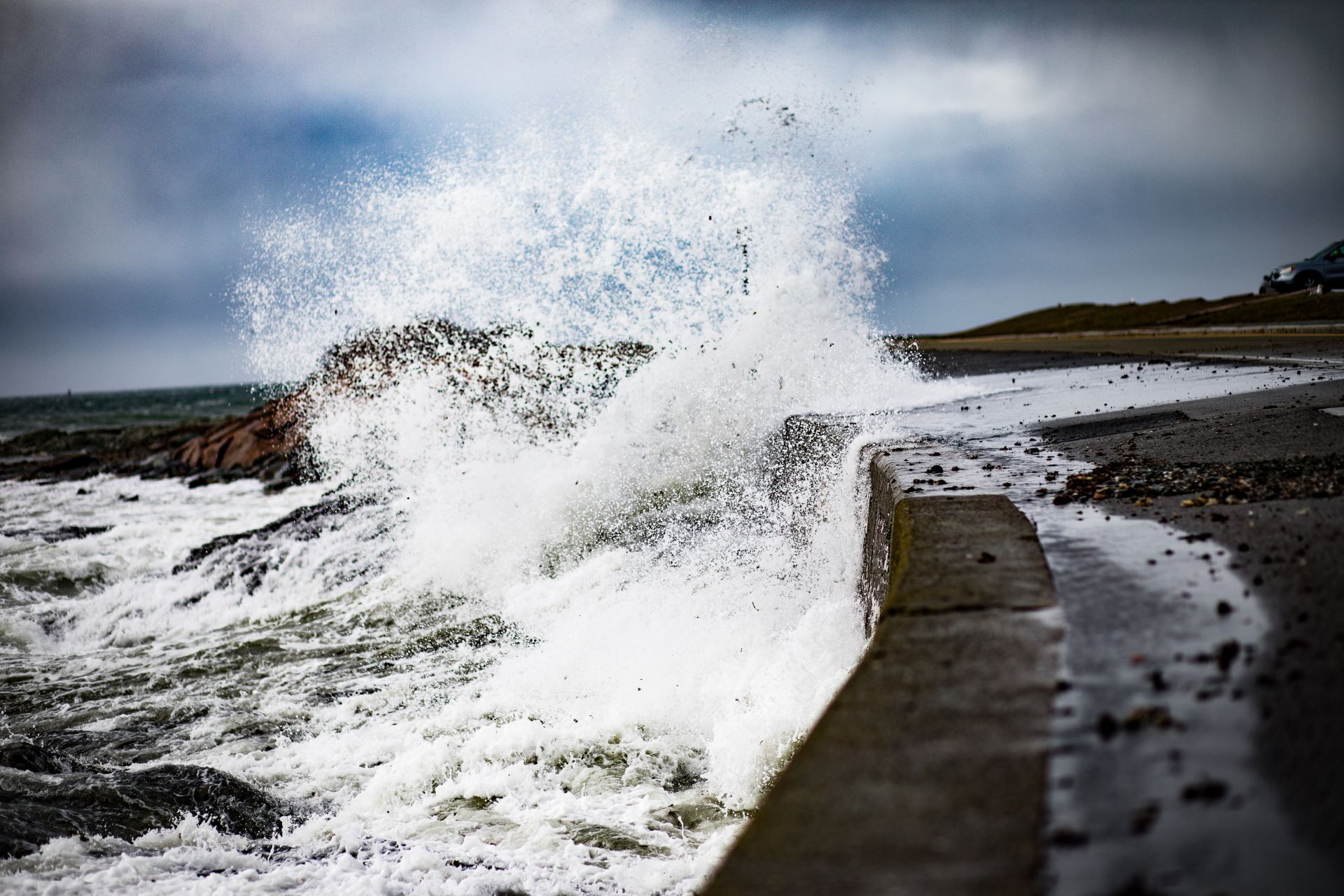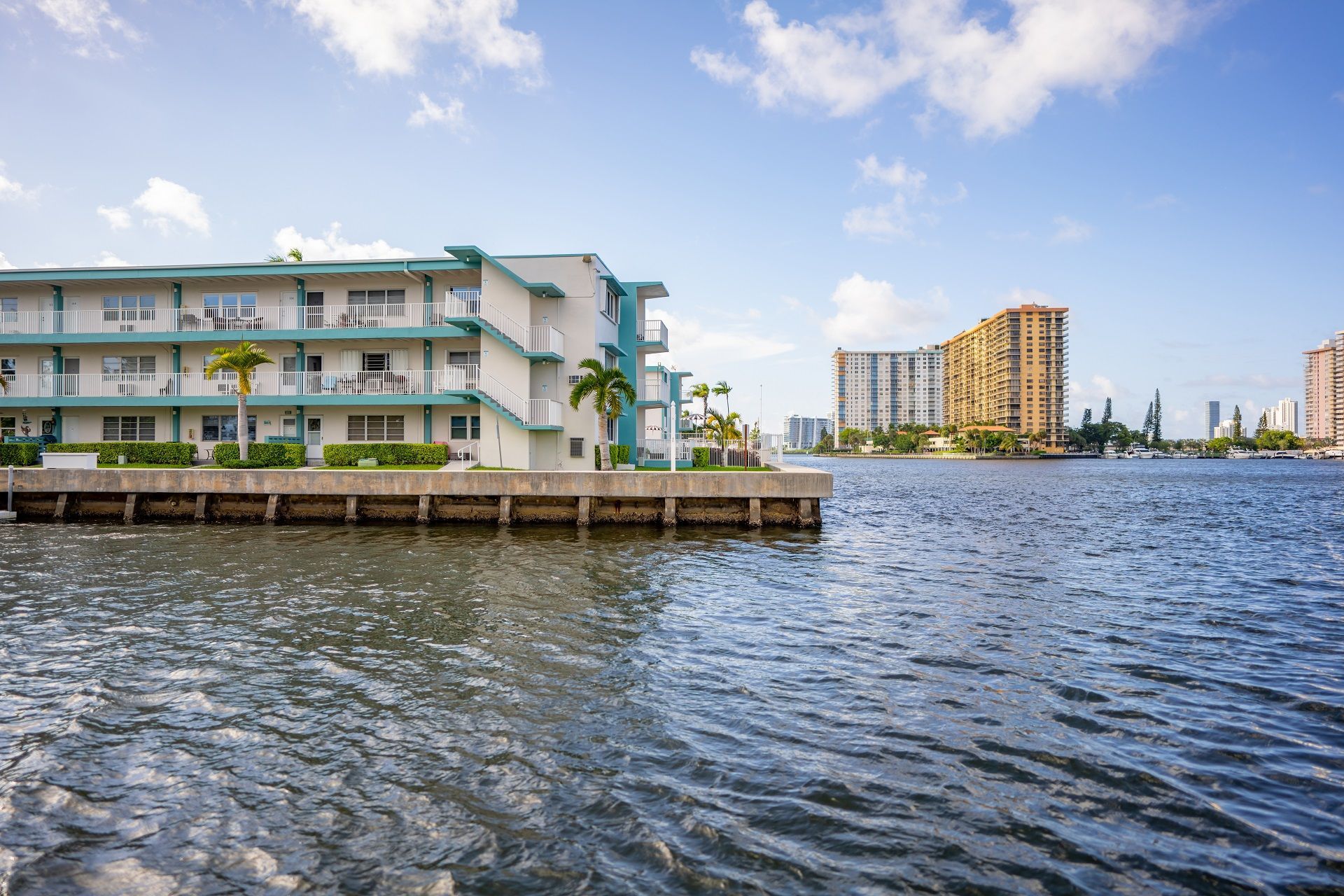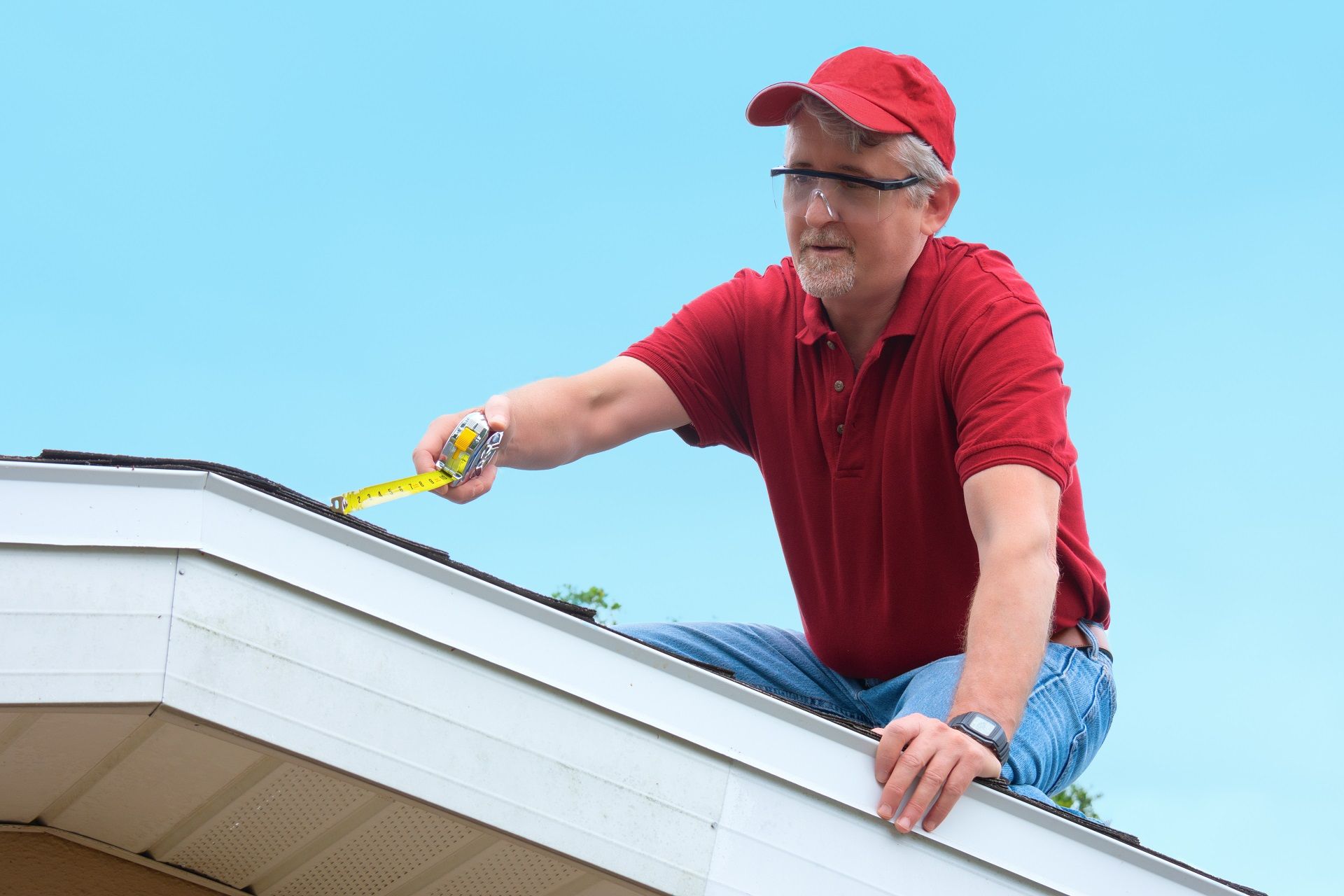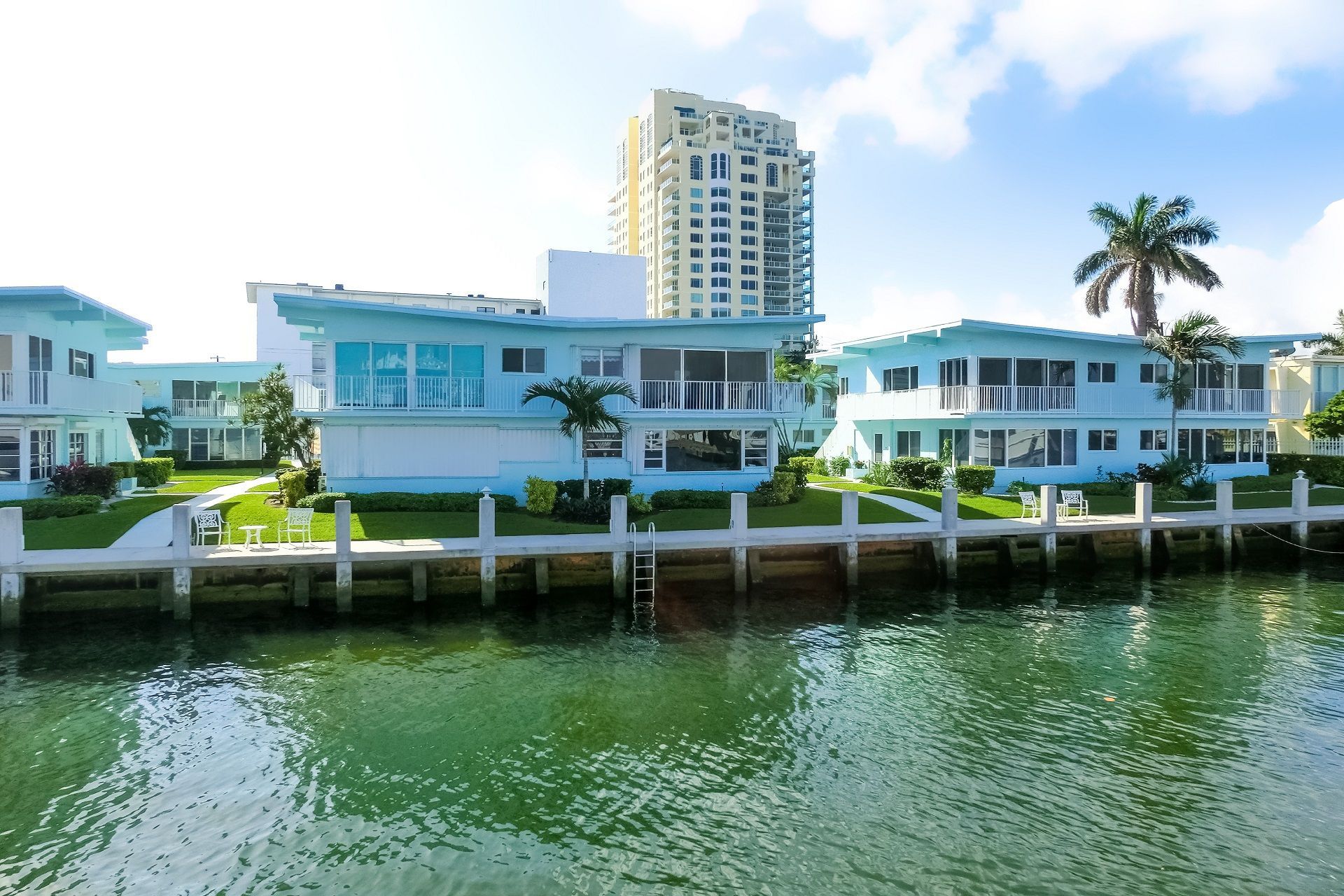Mobile Home Inspection Checklist - Everything You Need To Know
Due to the rise in real estate prices, for most people, building or buying traditional homes is out of reach for most people. This is why manufactured homes, more commonly known as mobile homes, are slowly gaining popularity in Florida.
These modern factory-built homes are economical, and yet they’re more robust than they were in the past. In some situations, they may even be better built than a regular house.
If you’re in the process of buying or you simply want to inspect a property before contacting a professional home inspector, we bring you a nifty mobile
home inspection checklist that will get you started.
What Makes Mobile Homes Different
Manufactured homes of today look quite similar to their traditional counterparts, but they’re very different - and the mobile home inspection checklist will reflect that fact.
First, mobile homes are constructed in a factory, after which they’re transported to the location where they’re installed. They can be single-wide or sectioned. The former is transported in a single section while the latter is transported in two separate pieces which are then connected on-site.
Naturally, mobile homes use lighter materials, and in general, everything is smaller, including the HVAC system. Furthermore, traditional homes often use 2x lumber structural boards whereas manufactured ones typically have only 1x boards.
The biggest difference lies in the overall foundation. A regular home is permanently fixed and is built on a permanent foundation such as a concrete slab. On the other hand, a mobile one is only anchored, but not fixed, usually installed on block piers. Some may appear to have a brick or stone foundation, but it’s just decorative skirting to make the house look better.
Because of these differences, inspecting a mobile home will cover additional areas of concern, so a mobile home inspection checklist will look a bit different.
A manufactured house is more challenging to inspect in most cases, as lighter materials used are very vulnerable and prone to wear. Some systems and features may also be inaccessible or hidden away in hard-to-reach areas, adding to the complexity of the examination.
The Mobile Home Inspection Process
Before starting the main portion of the mobile home inspection, you need to determine the age of the home first. You can easily do this by locating the label or the certificate that indicates the date of the production.
To make your life easier, we broke down the mobile home inspection checklist into different sections that will make the entire process a bit easier to understand.
1. Electrical system
A good place to start, especially when inspecting an older mobile home is the electrical system since any problems can pose an immediate danger to the occupants. For example, older homes may use aluminum wiring, lack GFCI protection, and have subpar DIY upgrades and repairs.
Electrical items on the mobile home inspection checklist include:
- Issues with wiring
- GFCI protection
- Location of the meter
- Electrical grounding (important for homes with metal sheathing)
- DIY repairs and updates
- Appliances such as the air conditioner, water heaters, stoves, furnaces, etc.
2. Hard-to-reach areas
During a mobile home construction, space is always the main concern, so it’s expected that most mobile homes will have a problem with accessibility. Even though ductwork, insulation, and plumbing are situated in the crawl space, they might not be visible as most mobile homes will store these components under sheathing or have them covered by a plastic membrane.
Attic spaces are no different and you may only be able to access them through a small ceiling panel (usually found inside the bedroom closed).
The same principle goes for appliances such as water heaters - manufacturers of the home may have concealed these in hard-to-reach places to save on space.
To make sure everything is up to scratch, look for the following:
- Quality of the insulation
- Ducts
- Signs of water in the crawlspace
- Plastic membrane (if this is bulging, there may be a trapped leak)
3. Structural damage
Due to their construction, manufactured homes are prone to structural damage. For instance, wood shims on the underside of the home and the top of the pier foundation can become unstable and develop damage on the shimming.
Similarly, a big concern is also water infiltration on the roof, skylights, and additional openings. Florida gets plenty of rain, and even the most well-constructed homes aren’t immune to water damage.
Not all structural damage is caused by the treacherous Florida weather. Brand-new homes can get damaged during transportation. The most commonly damaged areas are roofs and exterior wall sheathings, making it imperative to check for broken seals, doors, or windows.
The structural portion of the mobile home inspection checklist includes:
- Design features and the condition of the foundation
- Damaged pier shims
- Bent I-beams
- Condition of the skirting
- Hurricane straps/tie-downs
- Roof condition, including water-resistant seams
- Exterior wall sheathing
- Openings such as skylights, doors, and windows
4. Additions/retrofits
Since many mobile homes are relatively small, owners are known to add retrofits and build on to the structure. While a bigger porch, a deck, or an extra bedroom are a nifty addition to the main area of the home, improper retrofits can be problematic.
For starters, manufactured homes are supposed to flex. This means extra weight can put the piers under a lot of undue stress, and in the worst-case scenario, the retrofit may start separating from the main structure. Since the foundation of the mobile home can’t support many additions, a new bedroom or a deck will require its own foundation.
The mobile home inspection checklist also covers additions, such as:
- Structural support for any additions
- Looking for separations between the home and the additions
- Leaks between the attic along the seams
Go The Extra Mile With Certified Inspectors
Mobile homes are quirky and interesting, but the reality is that they require a bit more maintenance due to the nature of their manufacturing and installation process.
Although this mobile home inspection checklist is a fine start, it’s not a replacement for a professional inspection conducted by a state-licensed home inspector. To make sure every nook and cranny of your abode is evaluated by the book, reach out to
Certified Inspectors.
We have close to thirty years of experience in the field and we’ve inspected all sorts of mobile homes. As a matter of fact, we also obained a
Certified Master Inspector (CMI®) certification, which is the highest credential in the world of inspections. So if you require an extraordinary service at a competitive price, never settle for less than Certified Inspectors has to offer.
Call
(561) 570-6311 and have your home inspected by a true master of the craft.
Share the post:
Recent Posts

What is the Difference Between a Residential Seawall Inspection and a Commercial Seawall Inspection?
Get A Free Quote
Contact Page Contact Form
We will get back to you as soon as possible.
Please try again later.
Reviews
Contact Us
Footer Contact Form
We will get back to you as soon as possible.
Please try again later.
We accept Visa, Master Card, American Express, Zelle, Paypal, Cash or Check as well.
Call: 561-570-6311
All Rights Reserved.
This website is managed by Oamii.





